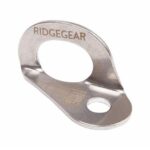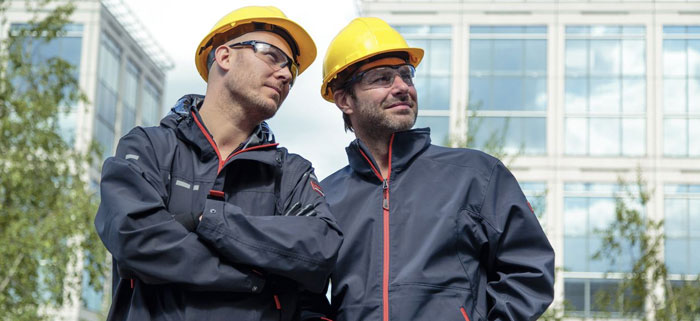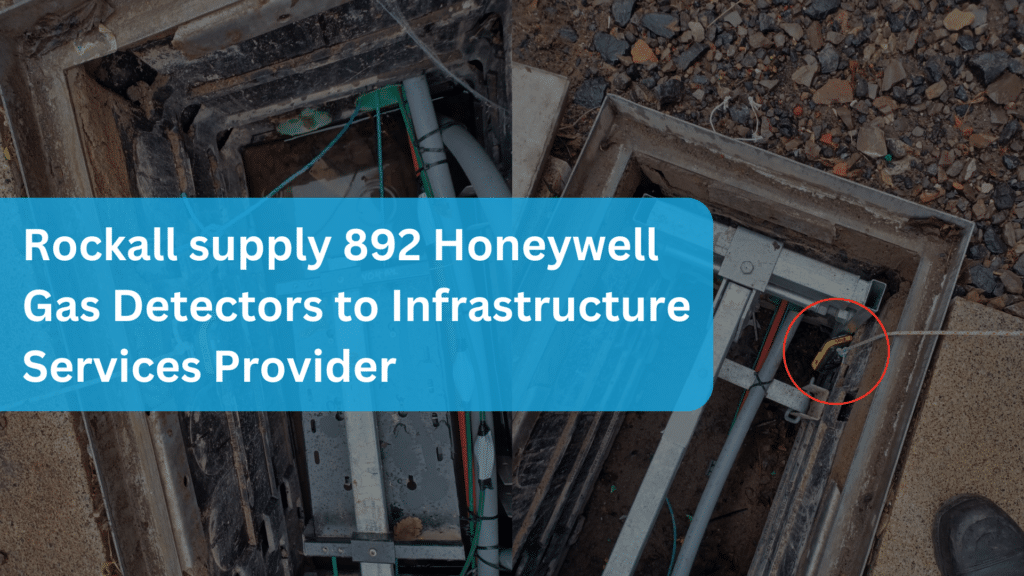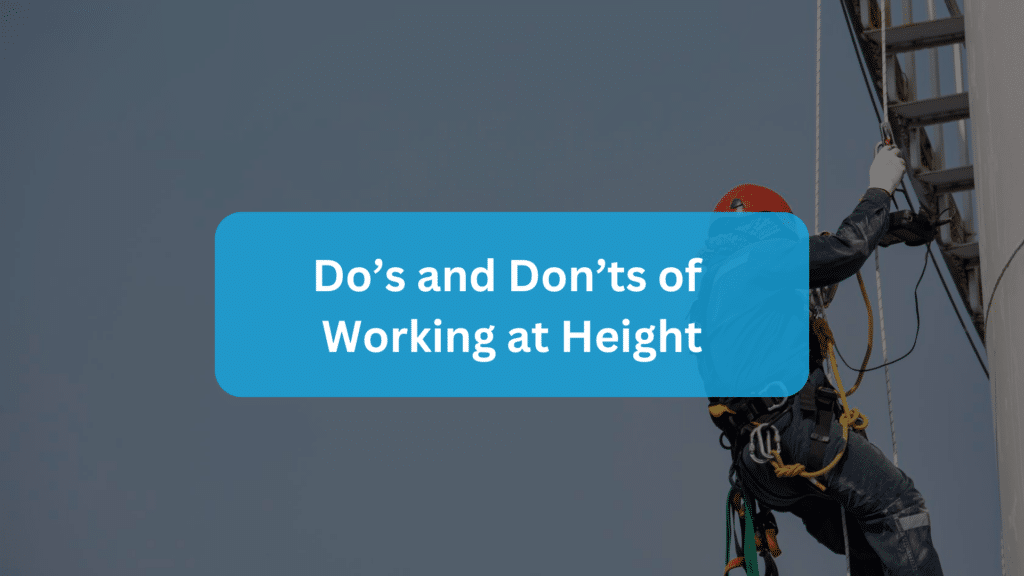
Introduction
Working at height remains one of the leading causes of fatalities and serious injuries. Common incidents include falls from ladders and fragile surfaces. The term ‘work at height’ refers to any activity where, without proper precautions, a person could fall and sustain an injury, for example, working on a fragile roof.
Employers can implement straightforward and effective measures to minimise the risk of falls for their workforce.
Do’s and Don’ts of Working at Height
Best Practices:
✔ Complete as much work as possible from the ground.
✔ Ensure safe access and exit points.
✔ Use suitable, stable, and regularly inspected equipment.
✔ Take extra care when working on or near fragile surfaces.
✔ Implement measures to prevent falling objects.
✔ Have emergency evacuation and rescue procedures in place.
Avoid These Mistakes:
✘ Do not overload ladders—consider weight limits and load capacity.
✘ Do not overreach when using ladders or stepladders.
✘ Do not rest ladders on weak surfaces such as glazing or plastic gutters.
✘ Do not use ladders or stepladders for heavy or prolonged tasks (limit use to 30 minutes max).
✘ Do not allow untrained or inexperienced individuals to work at height.
For more detailed guidance, explore the HSE step-by-step safety guide on working at height.
What would I need to buy to stay safe when working at heights?
To prevent falls or reduce their impact, you may want to consider the following equipment:
Safety Harnesses
A safety harness is a piece of personal protective equipment (PPE) designed to protect workers from falls and other height-related risks. It features straps and buckles that fasten around the torso, legs, and occasionally the arms, connecting to a secure anchor point via a lanyard. This system minimises the impact of a fall, helping to keep the worker secure while allowing for mobility and efficiency on the job.
To view Rockall Safety’s Harnesses, click here > Safety Harnesses | Fall Arrest Harnesses | Height Safety
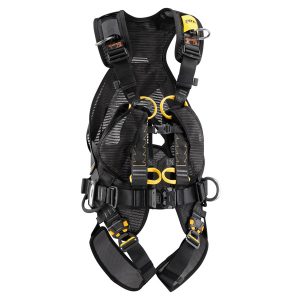
Lanyards
Safety lanyards are ropes, wires, or cords designed to attach personal tools and lightweight equipment to the user, preventing loss or accidental drops, particularly when working at heights or over water. They are typically worn around the shoulders, waist, or wrists and can also be temporarily secured to structures such as towers, ladders, masts, poles, railings, and roofs.
To view Rockall Safety’s Lanyards, click here > Fall Arrest Equipment | Fall Prevention | Rockall Safety
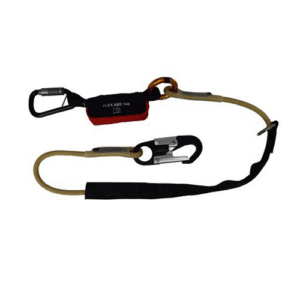
Fall Arrest Blocks
A fall arrest block is a height safety device that connects to a full-body safety harness and a secure anchor point. It features a retractable lifeline made of synthetic fibre rope, webbing, or wire rope, housed within a protective casing. The lifeline operates on a spring-loaded system designed to respond instantly to sudden movement, locking in place to prevent a fall.
To view Rockall Safety’s Fall Arrest Blocks, click here > Retractable Grabs Blocks & Pulleys | Fall Arrest | Rockall Safety
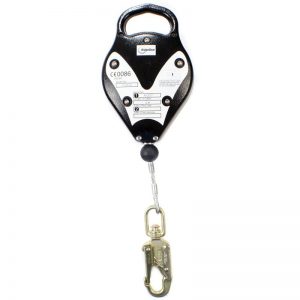
Anchor Points
Anchor points are secure attachment locations used for height safety, allowing workers to connect safety harnesses or lifelines. They must be stable, strong enough to support the worker’s weight, and capable of withstanding the impact of a fall.
To view Rockall Safety’s Anchor Points, click here > Fall Arrest Equipment | Fall Prevention | Rockall Safety
